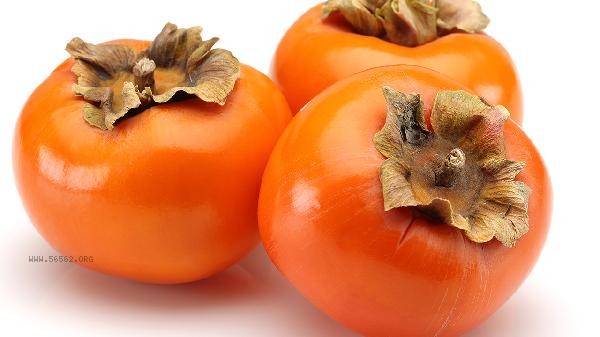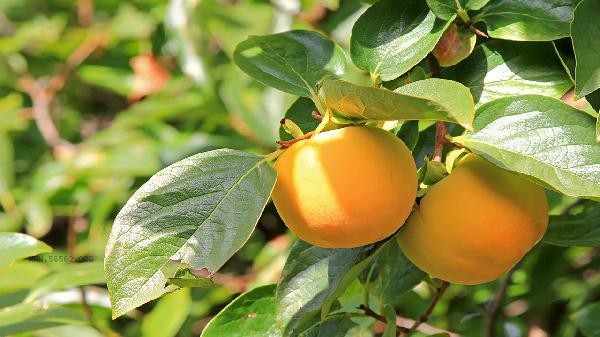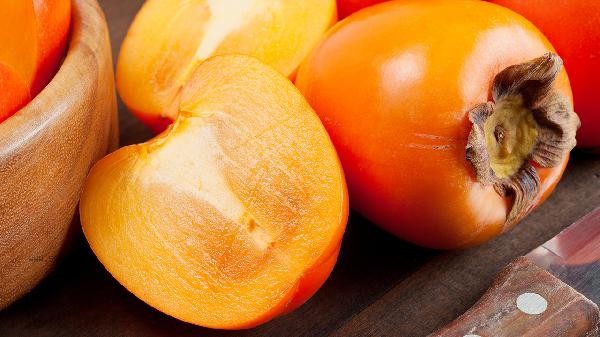Persimmons can become sweeter and crisper by soaking them in warm water or treating them with lime water. There are mainly methods such as warm water de astringency, lime water soaking, alcohol ripening, fruit mixing, and freezing de astringency.

1. Warm water astringency method
Soak persimmons in warm water at 40-50 degrees Celsius for 12-24 hours, keeping the water temperature constant. Warm water can promote the breakdown of tannins in persimmons and eliminate astringency. This method is suitable for hard persimmons, which have a crispy and sweet taste after processing. However, it is important to note that the water temperature should not be too high to avoid burning the flesh. During the soaking process, warm water can be changed 1-2 times to maintain temperature stability.
2. Lime water soaking method
Soak persimmons in 3-5% lime water for 2-3 days, and lime can combine with tannins to form insoluble substances. The processed persimmons have a crisper texture and significantly increased sweetness. Ensure that the lime is completely dissolved during operation, and rinse repeatedly with clean water after soaking. This method has a good preservation effect on persimmons and is suitable for situations that require long-term storage.
III. Alcohol ripening method
Put persimmons and a small amount of high Baijiu in a sealed container, and the gas generated by alcohol volatilization can accelerate tannin conversion. Generally, persimmons can be de astringent and have a sweet and crispy taste after 2-3 days of processing. This method is easy to operate, but attention should be paid to the sealing of the container. The amount of alcohol used should not be too much to avoid affecting the flavor. Suitable for quick processing of small amounts of persimmons.

Fourth, Fruit Mixing Method
Store persimmons, apples, bananas, and other fruits with high ethylene release together for 3-5 days. Ethylene can promote the ripening of persimmons and transform tannins. This method produces persimmons with high sweetness but slightly softer texture. Suitable for people who enjoy a soft and chewy texture, it is important to regularly check and prevent fruit from rotting during operation.
5. Freezing and astringency removal method
Put persimmons in the freezer compartment of the refrigerator and freeze for 24 hours. After thawing, the tannin structure is destroyed. The persimmons processed in this way are sweet, crispy, and juicy, but the texture may slightly change. The freezing time should not be too long, and it should be consumed as soon as possible after thawing. Suitable for ready to eat needs, it can maximize the retention of the nutritional components of persimmons.

When choosing persimmons, it is recommended to choose fruits with full shape and uniform color, and clean them thoroughly before processing. Different varieties of persimmons are suitable for different de astringency methods. Hard persimmons are suitable for warm water or lime water treatment, while soft persimmons are suitable for fruit mixing. During the processing, attention should be paid to hygiene conditions to avoid microbial contamination. Persimmons that have been de astringent can be refrigerated and stored for 2-3 days. It is recommended to consume them as soon as possible to ensure the best taste. Eating persimmons in moderation should be avoided on an empty stomach, and those with weak gastrointestinal function should control their intake.








Comments (0)
Leave a Comment
No comments yet
Be the first to share your thoughts!